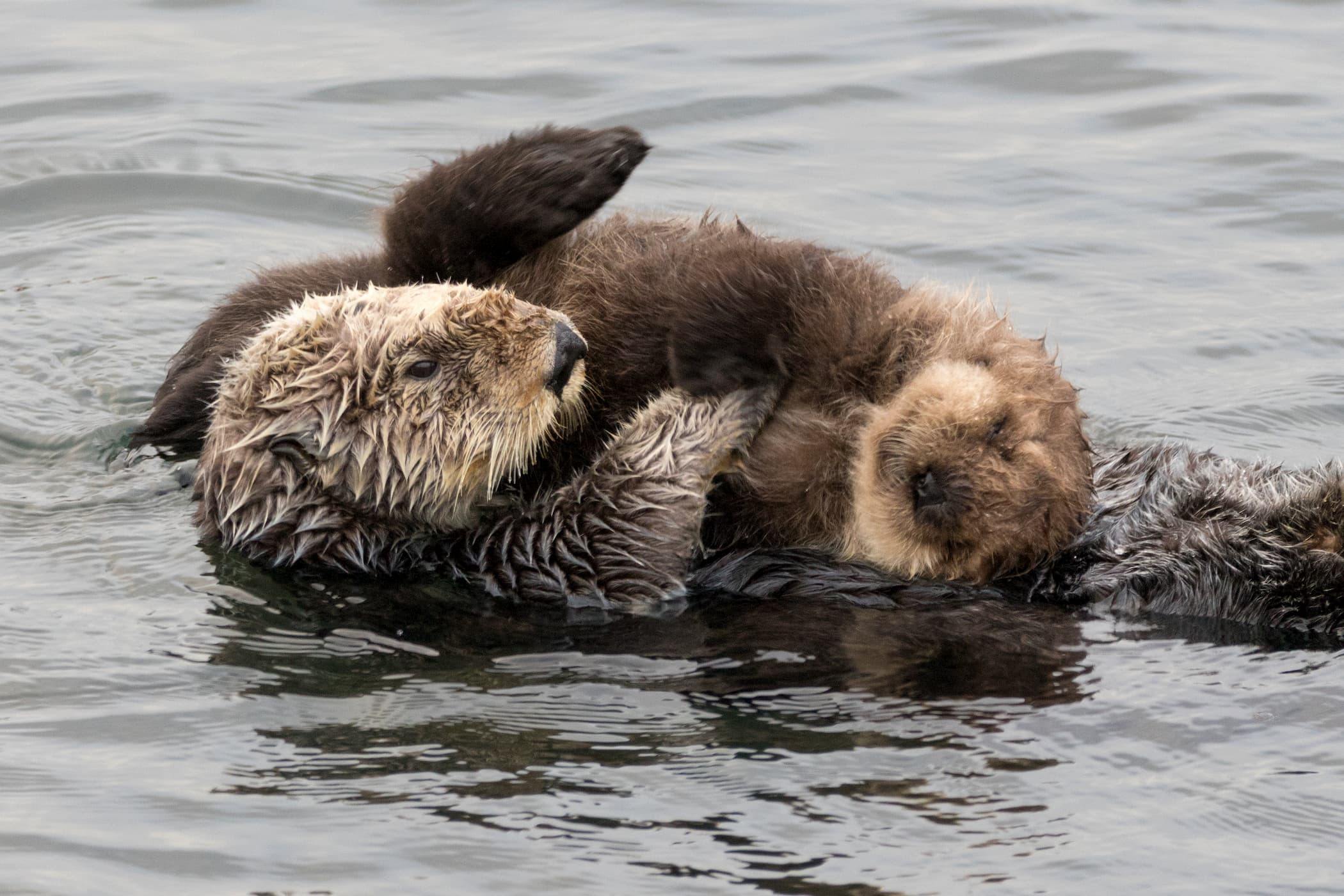5 MIN READ
4-01-2024
Travel
30Years
Into The Future
Mikaela Walsh, 4ocean Research Analyst
Two outcomes. Destruction or restoration. The choice is ours.
The ocean accounts for 71% of the Earth’s surface and contains 97% of Earth’s water. The ocean seafloor remains largely unmapped with only a quarter of it being explored. Despite our level of technology and research, many unanswered questions remain about the depth and deep-sea dwellers. Scientists estimate that between 700,000 and one million organisms inhabit this vast body of water, with two-thirds of those organisms undiscovered and possibly more. Roughly two thousand new species are classified by the scientific community annually. We understand how magnificent the ocean's biodiversity is. However, it doesn’t even come close to the creatures still left to be identified—ranging from as little as single-celled organisms and phytoplankton to a gigantic squid or blue whale. There is substantially much left to explore in the big blue sea.

Nevertheless, the ocean must combat many plagues daily. Several of these challenges include:
- Plastic pollution is overtaking the oceans and causing harmful effects on the organisms that face plastic pollution. Entanglements, plastic ingestion, along other unwanted encounters are taking place worldwide.
- Chemical pollution occurs from products, such as sunscreen or sewage, entering the oceans and chemical spills in our waterways.
- Noise pollution has negatively affected animals' communication with potential mates, offspring, and other members. This includes installing wind turbines in the ocean interferon with sonic sounds. Recently, the northeast shores of the U.S.A. have been overwhelmed with washed-up whales from their newly installed wind turbine farm.
- Light pollution occurs in populated areas and disturbs animals' ability to find their way to the ocean properly. Sea turtles are a great example of this because they lay eggs on the beach, and when the hatchlings come out, they go towards the moon, reflecting off the ocean. However, they find their way into the dunes because of the lights from buildings.
- Habitat destruction and ocean mining occur globally for many different purposes, but this devastates the organisms whose habitat is affected. Coral reefs and the organisms that reside in them are greatly affected by this.
- Abandoned fishing gear, also known as ghost nets, are incredibly harmful to organisms because they continuously entangle animals of all types.
- Ocean acidification is caused by climate change and the use of fossil fuels, which changes the pH of the ocean, causing it to become more acidic.
- Oil spills happen across the globe and have deadly consequences on marine life. When animals get covered in oil, it hampers their ability to function properly.
- Dead zones are inhabitable areas in the ocean with insufficient oxygen levels in the water to sustain life. As ocean water increases in temperature, less oxygen can be dissolved.
- Increased boating activity allows for boat strikes with animals while simultaneously increasing the fuel released into the water.
- Overfishing and exploitation occur wholly and worldwide to wipe out populations. This was seen with whaling in New England and other areas where they sought after the blubber to make oil, which led some whales to extinction and critical endangerment. This is still an ongoing issue, with shark populations being sought out for their fins for shark fin soup.
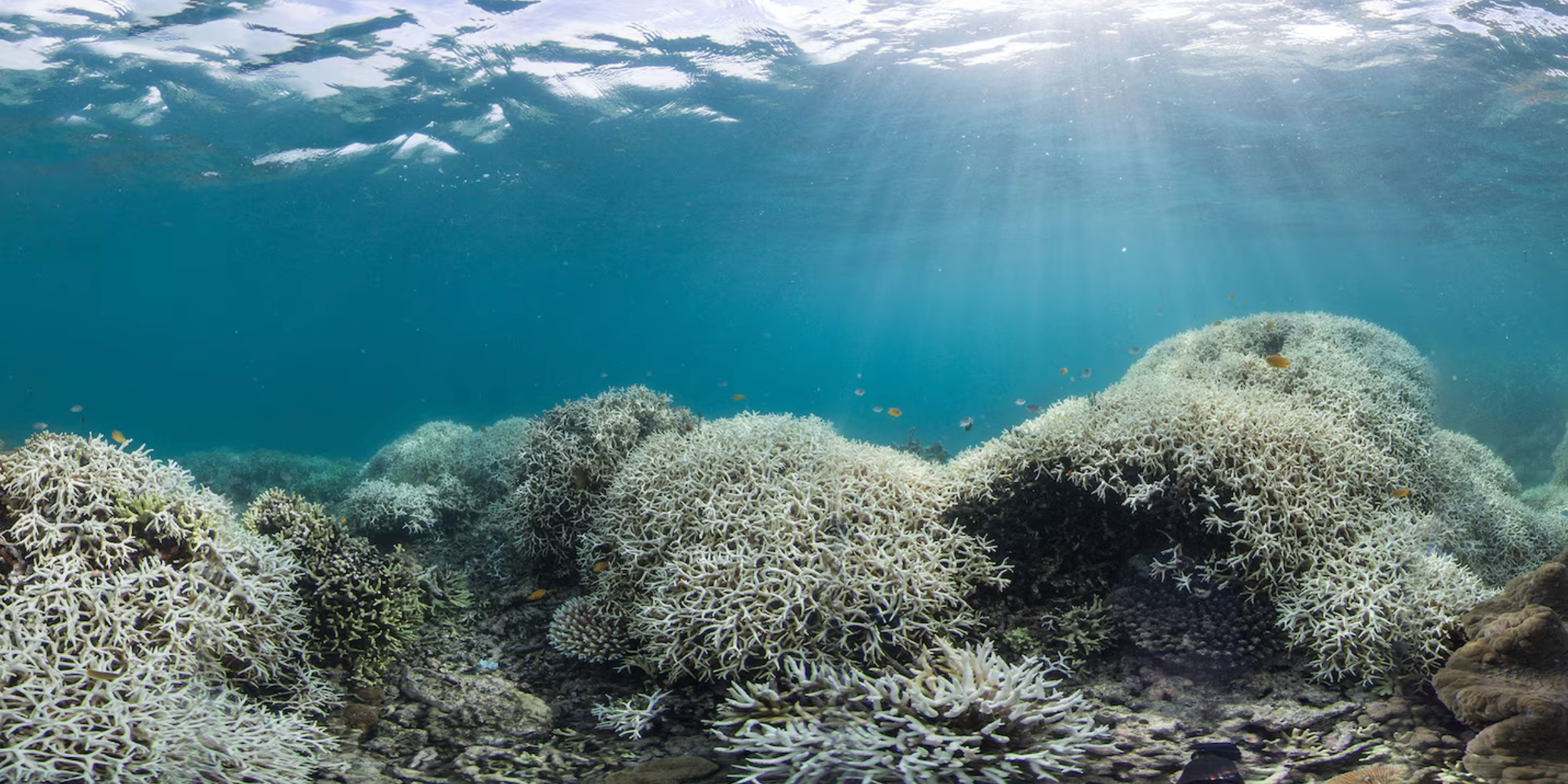
Despite these overwhelming challenges, there is excellent news! The ocean can be restored within 30 years. These oceanic habitats can be saved, and populations can regrow. Researchers examined the sea's ability to rebound from the destruction that has been taking place, and their results bring much hope for the future. They examined different animals and habitats in the ocean that were previously wiped out, and they concluded that it would take the ocean 30 years to rebuild what has been lost by pollution, overfishing, deforestation, and so on. Conservation has been proven to be effective in restoring the marine ecosystem. The research assessed 124 significantly affected populations at the cusp of extinction, and their results are truly remarkable. A significant increase in populations was shown for 47% of the organisms, with 40% unchanged, and only 13% of the populations showed a decrease. This population increase was due to increased conservation efforts and the laws of harvesting these animals in effect.
- The humpback whale was examined due to the whaling fishing practices that almost led them to extinction, and in 1968, there were only a few hundred left, but due to the strict whaling laws, their population is currently estimated to be 40,000 individuals.
- The Northern elephant seals had around 20 breeding individuals left in 1880; their current population is estimated to be 200,000. The grey seal showed a 1,410% increase in Canada and an 823% increase in the Baltic Sea.
- Southern Sea Otters have shown a dramatic increase in population size when it is estimated they had 50 individuals in their population in the early 20th century. Now, their population has grown to thousands of individuals.
- Sea turtles were previously exploited for their beautiful shells, and there has been a 4-14% increase in the number of green sea turtles nesting since this became an illegal activity.
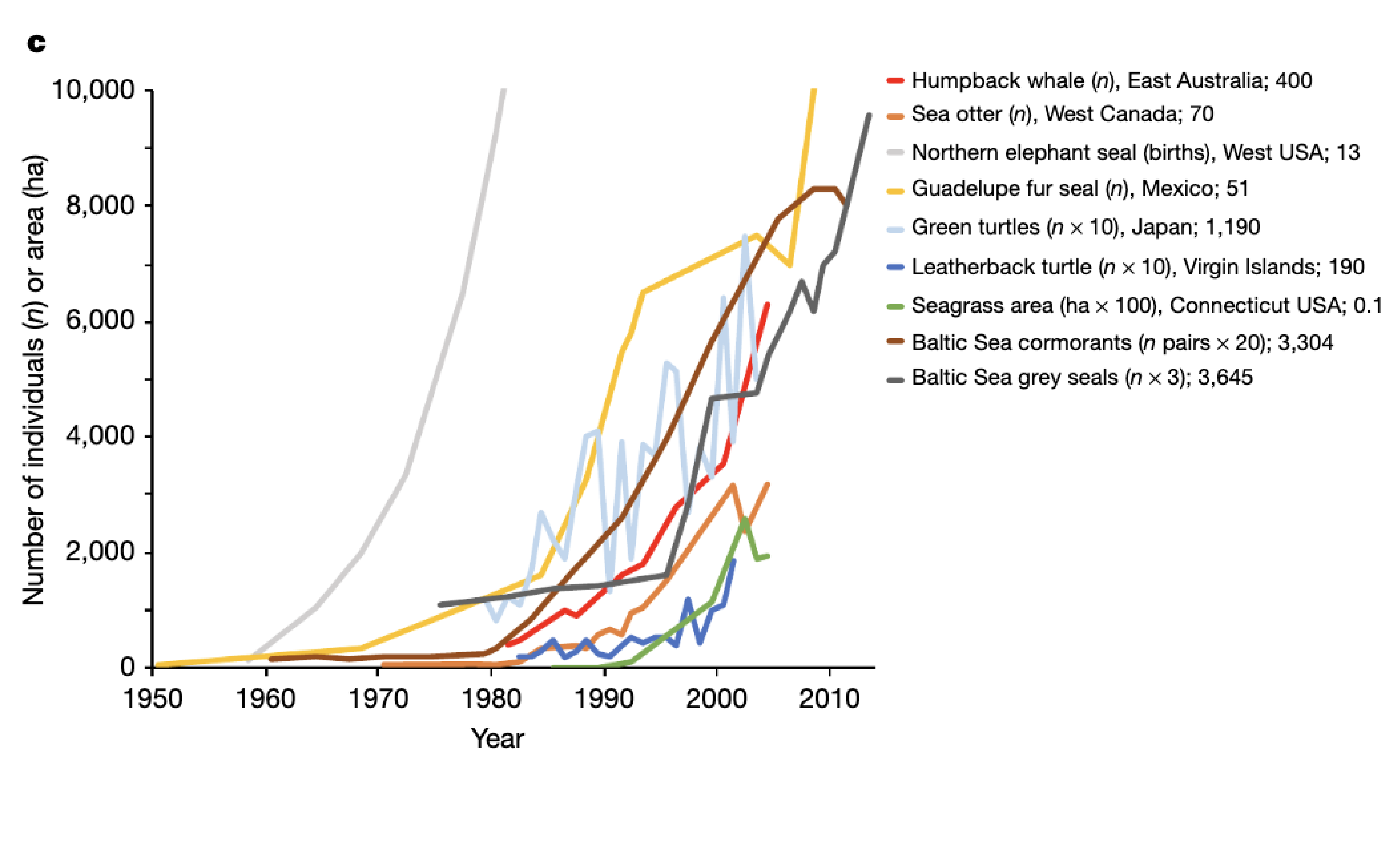

4ocean Signature Bracelet
Shop now + Clean the OceanThis research did not just focus on individual populations of animals but also examined marine habitats and ecosystems. Habitats, including salt marshes, mangroves, and oyster reefs, can regrow their vitality with conservation efforts. These habitats all account for the protection of animals and are a popular location for newborn organisms to live. These areas also offer an abundance of food sources. Marine ecosystems, like seagrass beds, kelp forests, and coral reefs, have undergone many stressors in the past few decades. These ecosystems are essential for a healthy ocean environment and have been shown to have significant rebound effects with increased conservation efforts. Data shows that populations and marine habitats can be restored within one to three decades with proper protection and avoidance of human interaction.
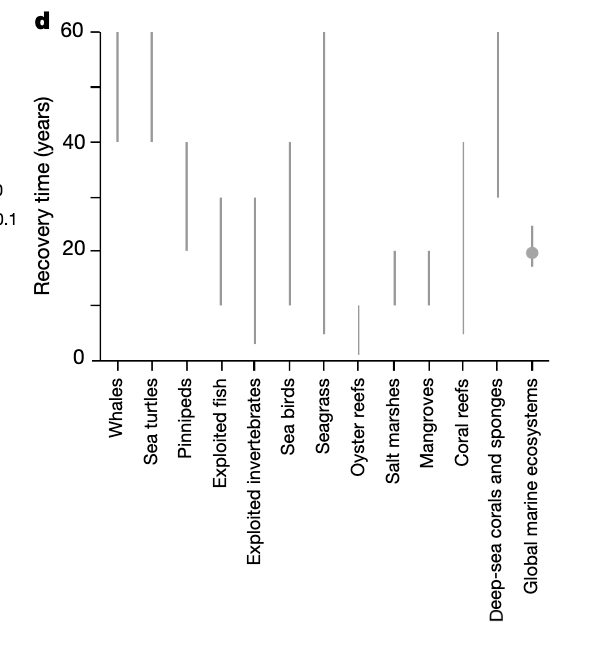
Certain factors are unavoidable, but a majority of these threats are ongoing issues that can be stopped completely. But we need to act now while there is still time to change the future outcome of our ocean. If the ocean and conservation effects stay the way they are, there may be an ocean consisting of an enormous body of salt water, an astronomical amount of plastic, and no sign of life. Change starts from within your lifestyle. We need advocates, we need supporters, we need people who are going to create solutions. It is not too late! It’s up to us to decide the fate of the ocean. Habitats can be restored, biodiversity can flourish, and ecosystems can thrive.
30 years. Small Changes. Big Impact.

4ocean Signature Bracelet
Shop now + Clean the Ocean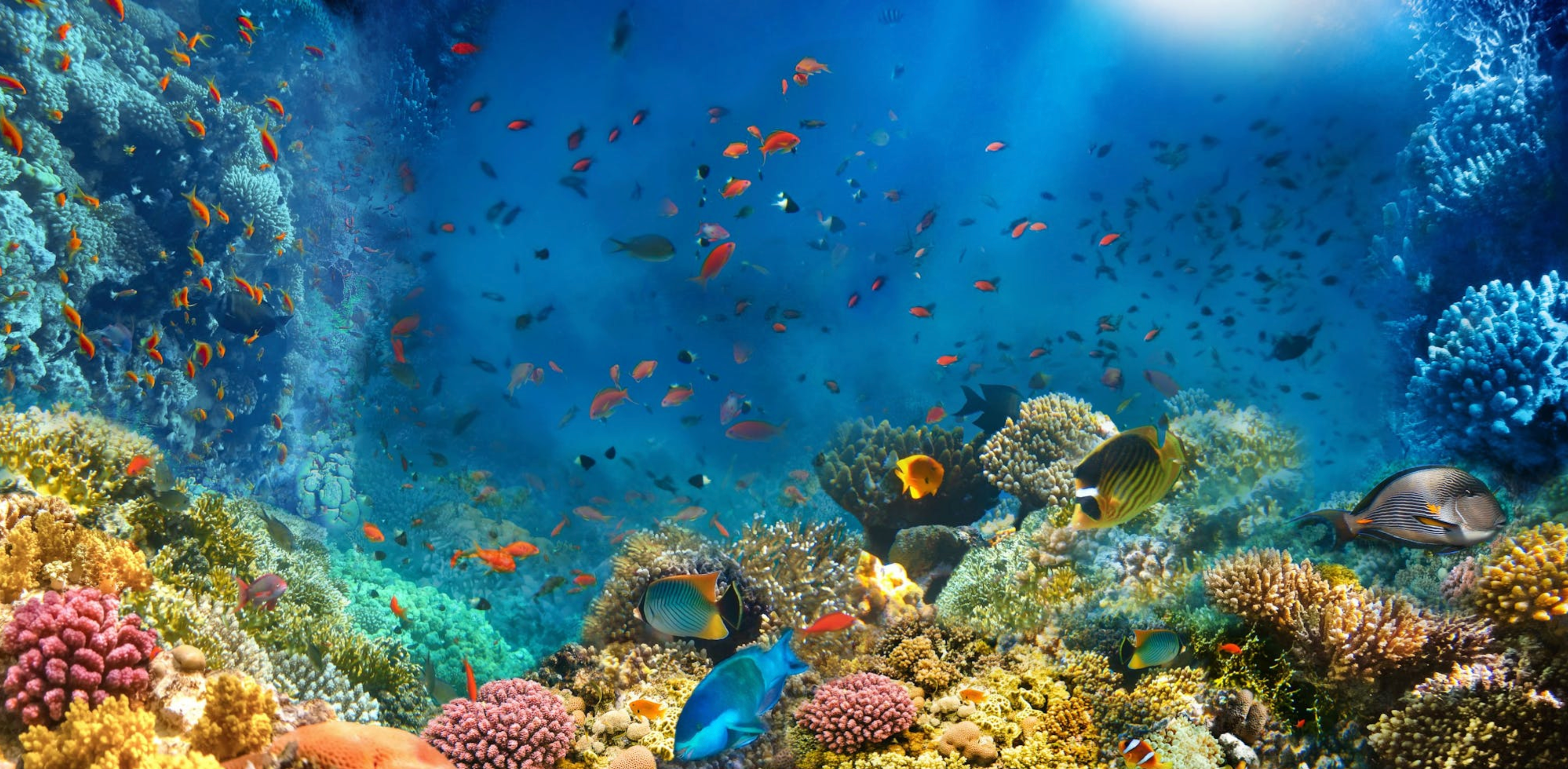
You May Also Like

Raising the voices of Indonesian women to restore their homeland’s coral reefs

